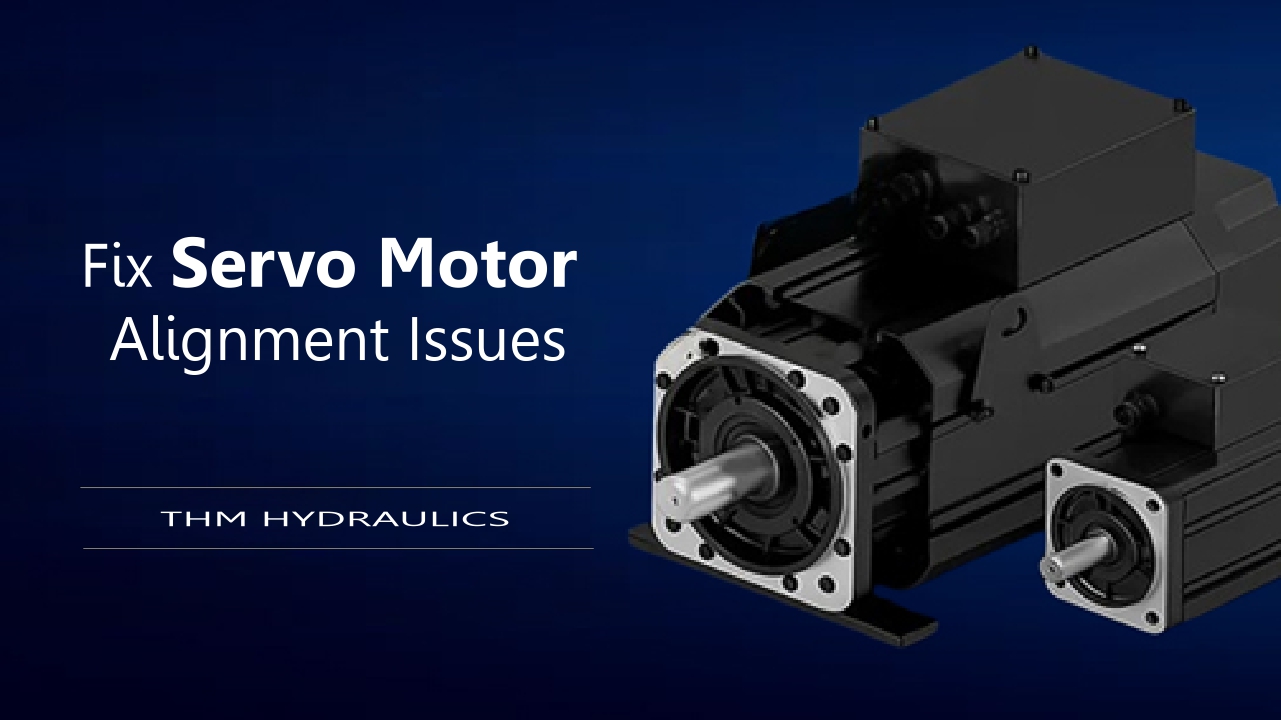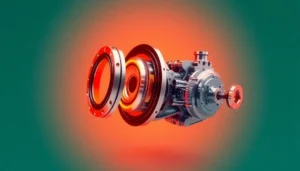Accuracy is the key to automation and that is where a low-price servo motors to be use in industries comes in handy. Servo motors are important in robotics, CNC, conveyors and automate tools. Nevertheless, even the most perfect systems may have alignment issues, which may cause mechanical failure, inefficiencies, or overall breakdowns.
This guide will assist you in identifying and troubleshooting the problem of motor alignment in the shortest time possible and in the correct way whether you are using a brushless servo motor, a high torque servo motor or an industrial servo motor.
Understanding Servo Motor Alignment
Servo motor alignment is a process which makes the motors shaft to be perfectly align with the load it is driving. Misalignment may result in:
- More vibration and heat
- Early bearing wear
- Torque loss
- Shortened life of motors
- Bad quality of products in robotics or CNC usage
In both an application in India and a worldwide application, alignment is necessary to ensure reliable performance when using a servo motor.
Common Signs of Misalignment
These are the symptoms that you should watch out to identify alignment problems in your servo motor system:
- Hearing noise or humming
- Too much vibration in use
- Overheating in the motor housing
- Reduce accuracy of positioning
- Unbalance high torque servo motor applications
Tools for Detecting Misalignment
To diagnose problems, apply such tools as:
- Laser alignment systems
- Dial indicators
- Infrared cameras
- Vibration analyzers
- Monitoring software of motor performance
The tools assist in determining the alignment of your industrial servo motor as a result of mechanical changes, improper installation, or depreciation.
Steps to Fix Servo Motor Alignment Issues
1. Shut Down and Isolate the System
Prior to any adjustments, switch off the system and also make sure that all electrical connections are properly isolate.
2. Inspect Mounting Surfaces
Prepare and clean all mounting surfaces and make them level. The brushless servo motors housing or the shaft can be distorted by uneven mounts.
3. Align Using Precision Tools
Check:
Angular offset (shaft angles are different)
Parallel misalignment (the shafts are displaced)
4. Check Coupling
A flexible coupling can be use to lessen the load on the motor shaft. Ensure that the size of the coupling is suitable to your application- particularly in servo motors in India markets where the sizes are different.
5. Re-Test and Calibration
Once the alignment has been adjusted, start the motor at slow speed. Monitor the vibrations and recheck them with monitoring devices.
Choosing the Right Motor to Avoid Alignment Problems
Quality is a major consideration when choosing the best motor to use in robotics or even heavy duty machines. Look for:
- Precision manufacturing (low run-out)
- Twin-shaft construction
- Strong mounting possibilities
- Durable materials
Top Characteristics to Look For:
- Brushless – Less moving parts, longer life
- Great torque output – Suitable in industrial applications
- Intelligent feedback systems – To correct in real time
- Low cost industrial application – Cost and reliability trade offs
Types of Servo Motors and Uses
| Type | Use Case |
| Brushless | Efficient, low maintenance systems |
| High torque | CNC machines, lifts, conveyors |
| AC | The most typical in industrial motor setups |
| DC | Robotics and small automation projects |
No matter the type, choose a trusted motor manufacturer to reduce misalignment risks.
Conclusion: Ensuring Long-Term Servo Motor Performance
The alignment of the servo motor is extremely important in terms of the machine health, efficiency and output. The symptoms of misalignment should not be ignore- be proactive and ensure that you keep your system in professional care.
Need to find performance, reliability, and value?
THM Huade also provides a broad variety of servo motors, such as low cost servo motors that are applicable in industries, and are constructed with the best technology and high quality materials. Robotics, CNC, or automation – THM Huade is the motion that moves industries.
FAQ’s
Q: What is the working principle of a servo motor?
A servo motor is a motor that is controlled by a feedback loop. It is given a signal, it goes to a position, and then it makes corrections using feedback sensors to make it accurate.
Q: What is a servo motor used for?
Is applied in robotics, CNC machines, automation, medical equipment, and conveyor systems. It is necessary in applications where accurate movement is need.
Q: Is a servo motor AC or DC?
It can be both Servo motors are widely use in industrial applications, with DC servo motors use in smaller systems or battery powered applications.
Q: What are the basic concepts of servo?
- Feedback control
- Closed-loop operation
- Precision movement
- Torque and speed regulation
Q: Can a servo motor run on 12V?
Indeed, a lot of DC servo motors run on 12V and are common in robotics and hobbyist automation.



